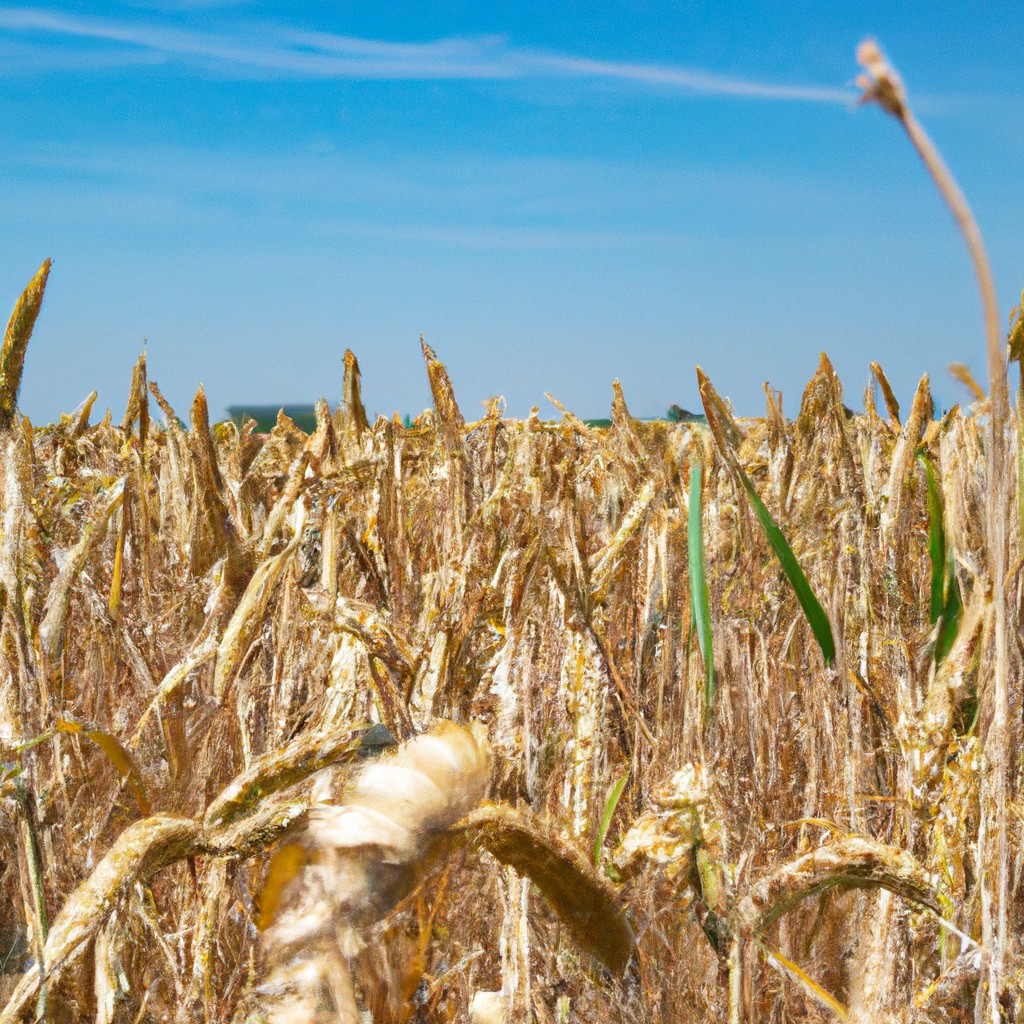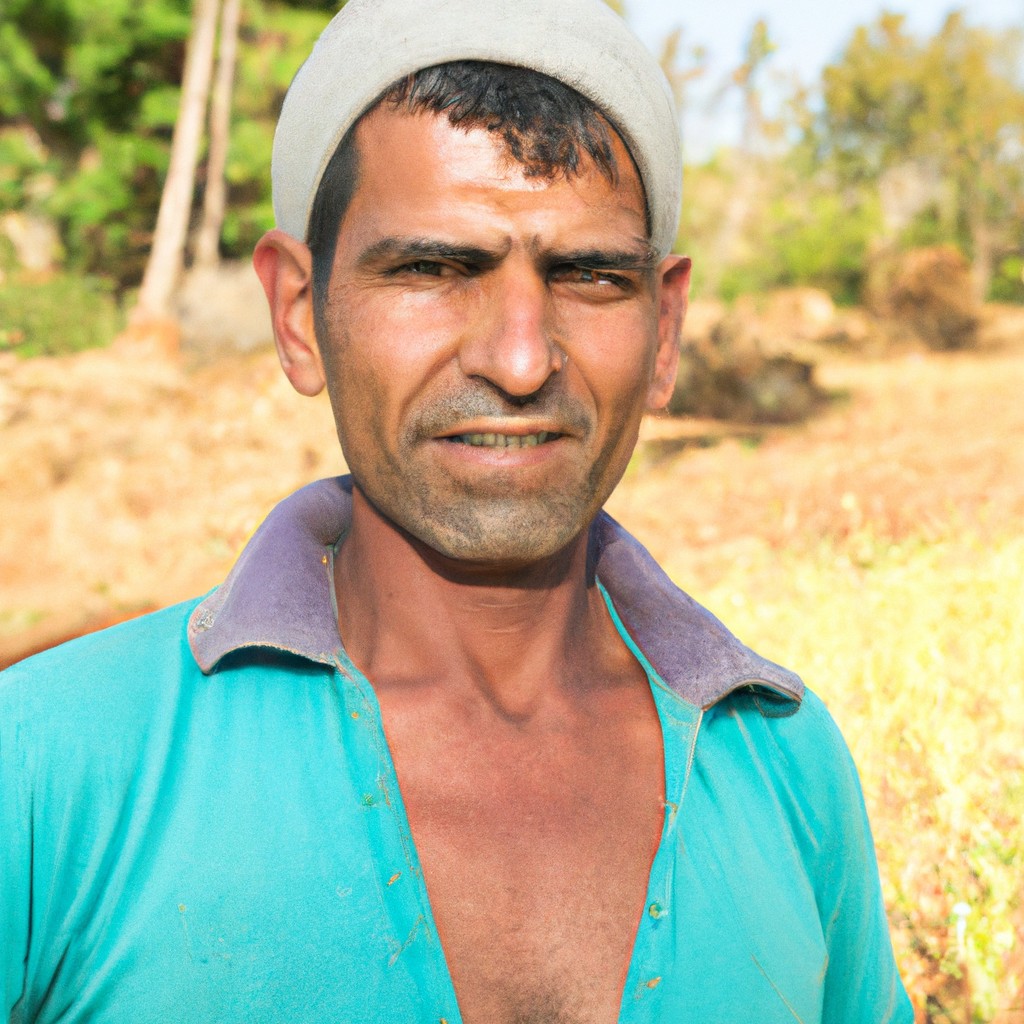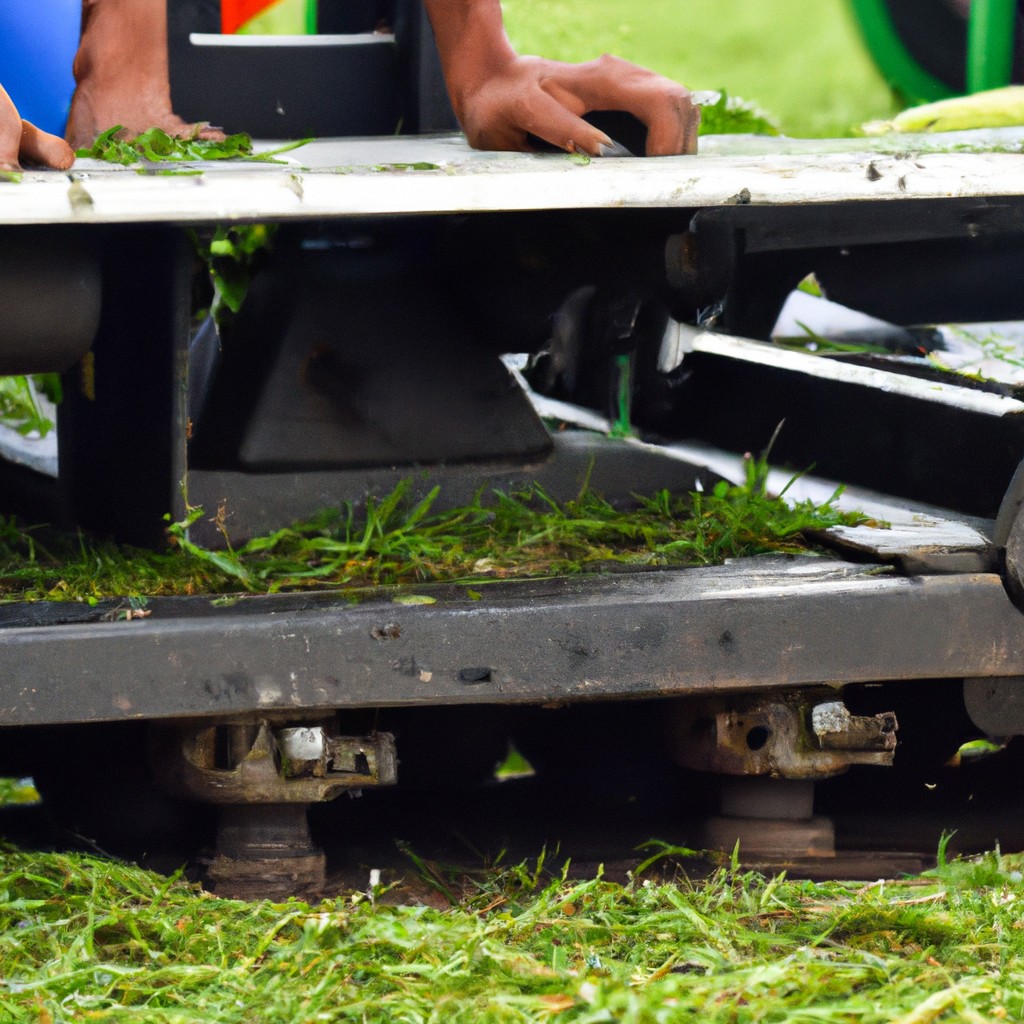Intensive farming practices have become a cornerstone of modern agriculture to meet global food demands—this article examines their methods, impacts, and sustainability considerations.
Look Inside:
What Are the Characteristics of Intensive Agriculture?

Intensive agriculture hinges on maximizing output from a limited area. Picture a patch of land, no bigger than a baseball diamond, bursting with more heads of lettuce than you’d find in a whole field farmed the old-fashioned way. Here’s how farmers squeeze out every last drop of productivity:
– High-yield crops are the showstoppers. Using varieties that grow faster and resist pests can be like hitting the crop jackpot.
– Next up, agrochemicals are key players. Think of fertilizers as power-ups, giving plants the strength they need to grow big and strong, while pesticides act like bouncers, keeping pesky intruders at bay.
– Also, farmers turn to machinery that’s like a Swiss Army knife for the field—sowing, harvesting, and everything in between, it keeps the crops on a tight schedule.
– Then there’s water. If Mother Nature’s feeling stingy, irrigation systems step in, giving plants a steady sipping schedule.
All these elements are choreographed in a dance of precision farming—each step carefully planned to keep those plants pumping out produce at lightning speed.
Use of Agrochemicals
Intensive agriculture often stands on a foundation of high agrochemical use. Fertilizers are key players here; they feed crops with nutrients like nitrogen, phosphorous, and potassium to boost growth rates and increase yields. Yet, it’s a double-edged sword — while crops dine out on these synthetic supplements, excess runoff can lead to nutrient loading in nearby waterways, a process contributing to detrimental algal blooms.
Pesticides join the agrochemical team, warding off insects, fungi, and weeds that threaten crop health. The catch is, overuse can prompt pests to develop resistance, initiating an arms race that nature always seems to stay one step ahead of.
Insecticides and herbicides are also part of this chemical cocktail, and together they form an arsenal intended to safeguard crops against nearly all threats. However, their role is controversial due to their potential impacts on non-target organisms, including beneficial insects and soil health.
To sum it up, in intensive farming, agrochemicals act like a troupe of bouncers, keeping unwanted guests away from the all-you-can-eat buffet that is a field of crops. But as with any party, things can get out of hand, making it vital to balance protection with the well-being of the broader ecosystem.
GMO Seeds
Genetically modified organisms (GMOs) are at the forefront of technological advances in agriculture. They’ve been tweaked in a lab to bring out desirable traits like pest resistance and higher yields. These seeds can be lifesavers for farmers battling insects and weeds or grappling with temperamental weather. Picture those blockbuster action movies where the hero gets an upgrade to tackle the big bad – that’s sort of what GMO seeds are for plants.
But why all the hubbub about GMOs? They give crops a better shot at survival in the concrete jungle of farming. Think of them as custom-fitted armor in a knight’s arsenal; they’re there to give crops an edge. Yet, despite the rave reviews from many farmers, there’s a hot debate brewing over their long-term effects on health and biodiversity. It’s kind of like a new smartphone – fantastic features, but folks worry about what it’s doing to their privacy. With GMO seeds, the same concern exists for Mother Nature’s well-being.
At the farmstead breakfast table, talk often turns to efficiency. GMO seeds can mean fewer tractor treks across the field, cutting down on fuel and labor. Less time in the field equals more time for that second cup of coffee or a slice of pie with the neighbors. However, it’s not all sunny-side up; reliance on modified seeds has some worried about the cocktail of genetic changes shaking up our ecosystems like a farmer’s almanac predicting a wild weather season.
As with any choice on a farm, picking GMO seeds is like choosing the right tool for a job. A hammer won’t help much with a screw, and GMO seeds aren’t always the answer to every farming challenge. They’re one piece of a larger agricultural puzzle that needs fitting together with precision and care.
Crop Irrigation
Irrigation acts like a lifeline in intensive agriculture, hydrating thirsty crops to bolster growth and yield. It transforms arid zones into fertile farmland, extending the growing seasons beyond the mercy of Mother Nature’s timetable. Consider the pinpoint delivery of drip irrigation, which cuts water waste by funneling H2O directly to plant roots. Overhead sprinklers mimic rainfall, covering large swaths with a press of a button. Even ancient methods, like furrow irrigation, find modern tweaks in this high-energy approach to farming. Yet, it’s a double-edged plow – while ensuring bountiful harvests, it can strain water resources, tipping the balance in sensitive ecosystems.
Intensive Agriculture Examples
Diving straight into the heart of the matter, monocropping stands out as a classic model of this farming approach. Picture endless fields of corn or soy — they exemplify the technique of focusing on a single crop to maximize yield.
Greenhouses could also represent this method’s application. By controlling environmental conditions, farmers squeeze out as many cucumbers, tomatoes, or flowers as physically possible in a calendar year.
Now, picturing something with a cluck or moo, industrial livestock operations are intensively managed too. Cattle are often kept in feedlots, where high-calorie feed bulks them up quickly, while poultry farms pack birds together, accelerating their journey from egg to your egg carton.
Aquaculture, the water-bound cousin of farming, applies intensive methods just as mainly — think dense fish tanks churning out high volumes of shrimp or salmon.
Yet it’s not all plants and animals. Some intensive operations are microbes’ playgrounds. For instance, bioreactors breed yeast or bacteria in tightly controlled environments, which they do with remarkable efficiency. It’s a microscopic example, but it perfectly captures the essence of the practice.




